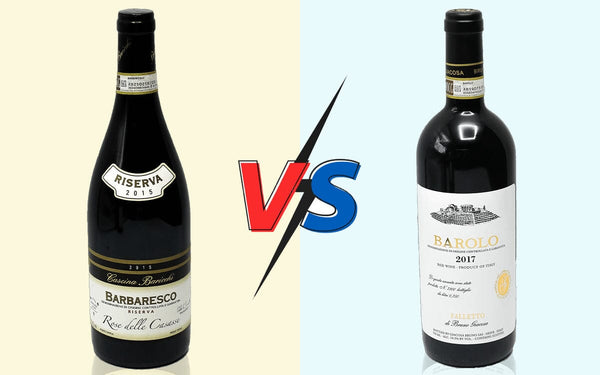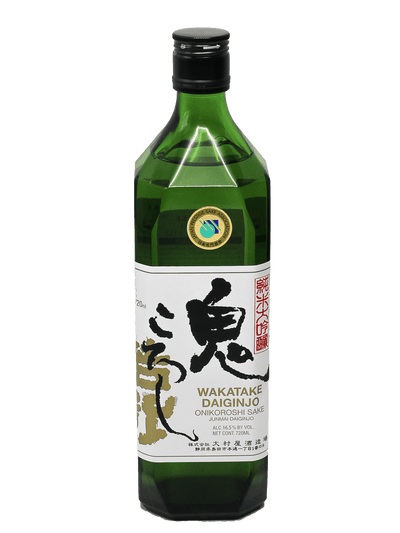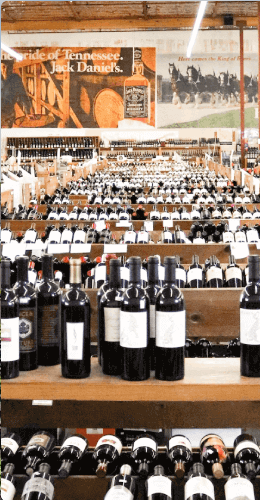Barolo vs. Barbaresco: Know the Difference

Barolo and Barbaresco are two of the most famous red wines from the Piedmont region of northwest Italy. Both Italian wines are made from the Nebbiolo grape variety and are known for their complexity, depth, and aging potential. So, you might think there’s little difference between these red wines. However, there are some key differences that make them very distinct.
We have to start with the history of these two Piedmont neighbors.
The History of Barolo
The Barolo wine region’s rich history intertwines with the broader one of Italian winemaking. Viticulture here dates back to ancient world, with archaeological evidence showing grape cultivation by the Etruscans and Romans. The history of Barolo wine as we know it today began in the 19th century, shaped by noble families like the Count of Cavour and the Marchesa of Barolo. With the help of French oenologist Louis Oudart, they refined winemaking techniques to transform Barolo from a sweet wine to a structured, dry one, gaining favor among European nobility. They adapted the winemaking to meet market demand.
The early 20th century brought challenges, including the phylloxera epidemic and the two world wars, but a mid-century resurgence in commerce helped revitalize the vineyards alongside the establishment of official DOC and DOCG designations. The late 20th century's "Barolo Wars" sparked innovation, balancing traditional and modern practices to enhance the region's global appeal. Today, Barolo is celebrated for its complex, age-worthy wines made from Nebbiolo grapes, with sustainability becoming a focal point. This evolution reflects a balance between tradition and innovation, securing Barolo's status as a premier wine region.
The History of Barbaresco
Like Barolo, the Barbaresco wine region has a deep-rooted history dating to ancient Roman times with the cultivation of the Nebbiolo grape. In the mid-19th century Barbaresco began to gain recognition as a distinct wine. Domizio Cavazza, known as the "Father of Barbaresco," was instrumental in this development. As the headmaster of the Royal Enological School of Alba, Cavazza founded a cooperative of local growers, establishing quality and consistency in the region’s wines. These efforts helped distinguish Barbaresco from its neighbor Barolo. The emphasis was on the wine's unique characteristics.
Throughout the 20th century, Barbaresco's reputation flourished, marked by the establishment of the DOC in 1966 and the DOCG in 1980. These designations ensured high production standards, preserving the wine's quality and authenticity. Influential figures like Angelo Gaja further elevated Barbaresco's international acclaim by modernizing winemaking techniques. Today, Barbaresco is renowned for its elegant, aromatic wines that balance power and finesse, underpinned by the region's unique terroir. An ongoing commitment to heritage and sustainability will secure Barbaresco's status as a premier wine region in the future.
The Terroirs of Barolo and Barbaresco
While Barolo and Barbaresco are made from the same grape variety, they come from different regions with distinct terroirs that can impact the characteristics of the wines.
Barolo wine is produced in the Barolo DOCG appellation, which includes 11 villages in the Langhe hills of Piedmont. The soils in this region are rich in limestone, clay, and sand, and the vineyards are located at higher elevations, ranging from 250 to 450 meters above sea level. The climate is continental, with cold winters and hot summers, and the vineyards are exposed to significant diurnal temperature variations, with warm days and cool nights. These conditions contribute to the high acidity, firm tannins, and intense aromas of Barolo.
Barbaresco wine, by contrast, is produced in the Barbaresco DOCG, which includes just four villages in the Langhe hills of Piedmont. The soils in this region are dominated by marl and limestone, and the vineyards are located at lower elevations than Barolo, ranging from 180 to 300 meters above sea level. The climate is milder than Barolo, with less extreme temperature variations, and the vineyards are exposed to more sunlight. These conditions contribute to the softer tannins, lower acidity, and more delicate aromas of Barbaresco.
Within the Barolo and Barbaresco DOCGs, there are further subdivisions based on specific terroirs. For example, within the Barolo DOCG, there are five sub-zones: Barolo, La Morra, Monforte d'Alba, Castiglione Falletto, and Serralunga d'Alba. Each sub-zone has its own distinct microclimate, soil composition, and grape-growing traditions, which can result in wines with slightly different characteristics. Similarly, within the Barbaresco DOCG, there are three recognized sub-zones: Barbaresco, Neive, and Treiso. These sub-zones have slightly different soil compositions and microclimates, which can impact the flavor and aroma profiles of the wines.
Overall, the terroirs of Barolo and Barbaresco play an important role in shaping the characteristics of the wines. While both wines are made from Nebbiolo grapes, the specific soil types, elevations, and climate conditions in each region contribute to their unique flavors, aromas, and aging potential.
Winemaking Differences
The winemaking techniques used in the production of Barolo and Barbaresco can also affect the final product. Barolo red wine is generally aged for a longer duration than Barbaresco. This is because Barolo has higher levels of tannins and acidity, which need time to mellow out and become more balanced. The minimum aging requirement for Barolo is three years, with at least two years in oak barrels.
Barbaresco, on the other hand, has a shorter aging requirement of just two years, with only one year in oak barrels. This is because Barbaresco has softer tannins and acidity, which do not require as much time to develop and mellow out.
Flavor Profiles
When you buy wine online, you need to know about a wine’s flavor. Barolo is known for its bold, full-bodied flavor, with intense tannins, high acidity, and a rich aroma of dark fruits, tar, and leather. It has a long aging potential and can develop complex flavors and aromas over time, such as notes of truffles, licorice, and spices.
Barbaresco, on the other hand, is known for its lighter body, softer tannins, and delicate aroma of red fruits, violets, and herbs. It has a shorter aging potential than Barolo, but can still develop interesting flavors over time, such as notes of tobacco, roses, and earth.


















Leave a comment